Language variation
Every living natural language is varied and dynamic. It is normal for a language to change over time. In fact, no speaker ever makes the exact same utterance twice, but the absolute variations within a single speaker are so minimal that they become irrelevant. Variations across a speech community tend to be more noticeable and over time all languages change to some degree. Some languages change faster than others and more radically than others. But it is a fact that the only kind of language that does not change is one that is no longer used (has gone extinct).
It is also normal for a language to show variation between different regions (dialects) and between different social groups (sociolects). All known languages show some kind of variation. Again, no speaker makes the same utterance twice, but again, the variations within a single speaker, or within a single family, tend to be so minimal that they end up being irrelevant.
Just like any other language, Shaetlan has both dialectal and sociolectal variation. It is often assumed that “Shetland must be the most linguistically diverse place on earth”. That is incorrect. There are many areas in the world that show much greater linguistic variation, also on a smaller area. The linguistically most diverse place per km2 known on earth is Vanuatu, with 138 different languages that all have internal variation. In Shetland there are two major languages: Shaetlan and Shetland English. Most of the variation of these two languages in Shetland relates to accent (way of pronunciation), and this is what most speakers tend to be most aware of. However, Shaetlan also shows dialectal variation in its lexicon and grammar, as would be expected in an archipelago like this. For example, we have found that there is regional variation in whether speakers differentiate between the verbal particle tae (tae spaek ‘to speak’) and the preposition til (gie til her ‘give to her’) or whether speakers have a possessive plural (mines/dines) or not. The sociolectal variation in Shaetlan mostly relates to how much influence Shetland English has had on the language. For example, those more exposed to English, through writing, literature, education or employment, tend to copy the grammar of English even if they use Shaetlan words, such as using du to everyone (and not making politeness distinctions, or sometimes even using it in the plural!), or using either only tae or only til for both the verbal particle and the preposition, or using fur in every context (and not differentiating between fur and fir), and so on. The linguistic term for this is pattern replication, where the pattern of one language is taken over into the other language.
No grammatical description ever claims to capture every facet of a language. That would be impossible because it would mean describing every single individual’s every utterance over that individual’s entire lifetime, since no speaker makes the same utterance twice. It is a fact that all Shetlanders understand the absolute majority of the utterances made by other Shetlanders, despite the variations across the speech community. It is this systematic use of utterances that makes up the language we refer to as Shaetlan.

